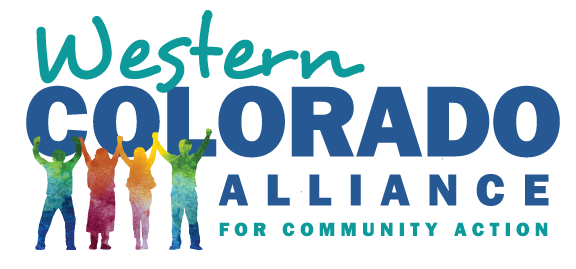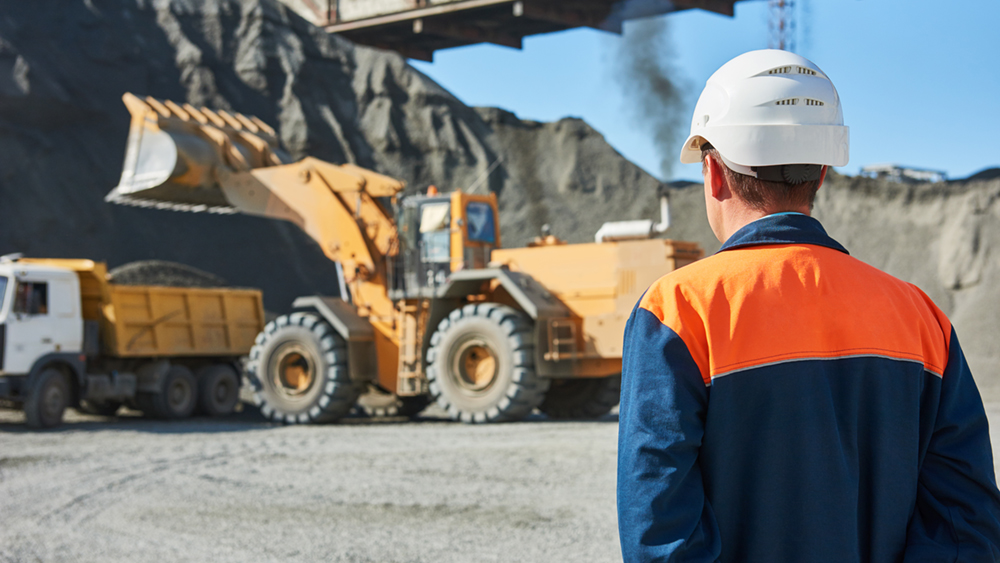- An Alliance For Community Action
- (970) 256-7650
- info@WesternColoradoAlliance.org
RECLAIM Act & Abandoned Mine Land Fund Reauthorization Introduced
Ensures Coal Communities Are Part of America’s Economic Recovery
As coal communities grapple with existing economic decline and public health risks made significantly worse by the COVID-19 crisis, Rep. Matt Cartwright re-introduced the Revitalizing the Economy of Coal Communities by Leveraging Local Activities and Investing More Act (RECLAIM) Act as well as legislation to reauthorize the Abandoned Mine Lands fund in the House today with bipartisan support to spur immediate job creation and help ensure coal country is a part of the economic recovery.
Roger Carver (who worked in coal mining in the Nucla area for 24 years and served as president of the United Mine Workers local union) says, “As a former coal miner and resident of a coal community dealing with the closing of both a plant and a mine, I am glad to see Congress move forward with mine reclamation funding. The RECLAIM Act and the Abandoned Mine Lands Fund have long had bi-partisan support and will help communities like Nucla move forward into the future. RECLAIM alone will bring $27 million in investment back to Colorado’s coal communities to put miners back to work cleaning up old mines and diversifying our rural economies. It’s time to move forward, not backwards, and invest in the better future for our kids.”
Communities across the United States that have historically depended on the coal industry have been hit doubly hard in the last year, with more mines and coal plants expected to close as the coal economy’s decline is accelerated by COVID-19.
By investing $1 billion in projects to clean up abandoned coal mines and the waters they pollute in 20 states, the bipartisan RECLAIM Act is a vital step toward strengthening our infrastructure, creating thousands of new jobs, and sparking economic development and recovery in coal communities across the country. The Sierra Club estimates over $60 million would be distributed to Colorado communities alone.
RECLAIM Act funds can be used to strengthen our nation’s infrastructure by repairing land and waterways damaged by mining, treating polluted waters, sealing and filling abandoned mine entries, and developing erosion prevention measures to prevent dangerous land and mudslides. With abandoned mine sites made available for new uses, reclamation projects can turn them into economic hubs that employ thousands of people in agriculture, tourism, retail, and renewable energy while injecting new resources into the local tax base.
By investing $1 billion in projects in twenty states, the bipartisan RECLAIM Act works together with AML reauthorization by repairing land and waterways damaged by mining, treating polluted waters, sealing and filling abandoned mine entries, and developing erosion prevention measures to prevent dangerous land and mudslides. Then, with abandoned mine sites made available for new uses, the RECLAIM Act funds projects on these sites that turn them into economic hubs and employ thousands of people in agriculture, tourism, retail, and renewable energy while injecting new resources into the local tax base.
Dozens of local governments and representative bodies passed resolutions supporting the RECLAIM Act in recent years in part because many reclamation projects have already shown positive impacts on local communities. Many more projects are poised to create jobs with federal investments. The RECLAIM Act would direct millions of reclamation and economic development investments to states and tribes to build on and expand these successes, including nearly $300 million to Pennsylvania, $116 million to Kentucky, more than $200 million to West Virginia, and $60 million to Ohio.
In 1977, Congress established the Abandoned Mine Land (AML) fund under the Surface Mining Control and Reclamation Act (SMCRA). Since then, the Abandoned Mine Lands program has eliminated over 46,000 open mine portals, reclaimed over 1,000 miles of dangerous highwalls, restored water supplies to countless residents of coalfield communities, and created jobs and economic development opportunities. It’s also protected 7.2 million people nationwide from hazards like landslides and flooding that result from leaving damaged lands unaddressed. But, funding for the AML program is set to expire this year, with at least $11 billion in investment needed to reclaim and restore the remaining high priority abandoned mines throughout the country. Rep. Cartwright’s legislation reauthorizes funding for the AML program for 15 years by extending a small fee on coal severance.
Last year, a version of both bills passed the House as part of H.R. 2, the Moving Forward Act, which then stalled in the Senate. Yet, as the urgent need to act grows, so has momentum for reclamation opportunities. In the Executive Order signed in January, President Biden recognized the economic development and job creation possibilities created by reclamation.
The introduction of this legislation provides Congress with a bipartisan step forward to turn that potential into reality. Along with investing in the Black Lung Disability Trust Fund, reauthorizing the Abandoned Mine Land Fund and passing the RECLAIM Act would be a start to the important work to ensure an equitable and sustainable economic future in coal communities and a bipartisan victory for the people and places that powered our country for generations.


